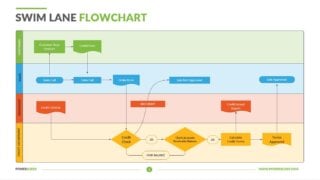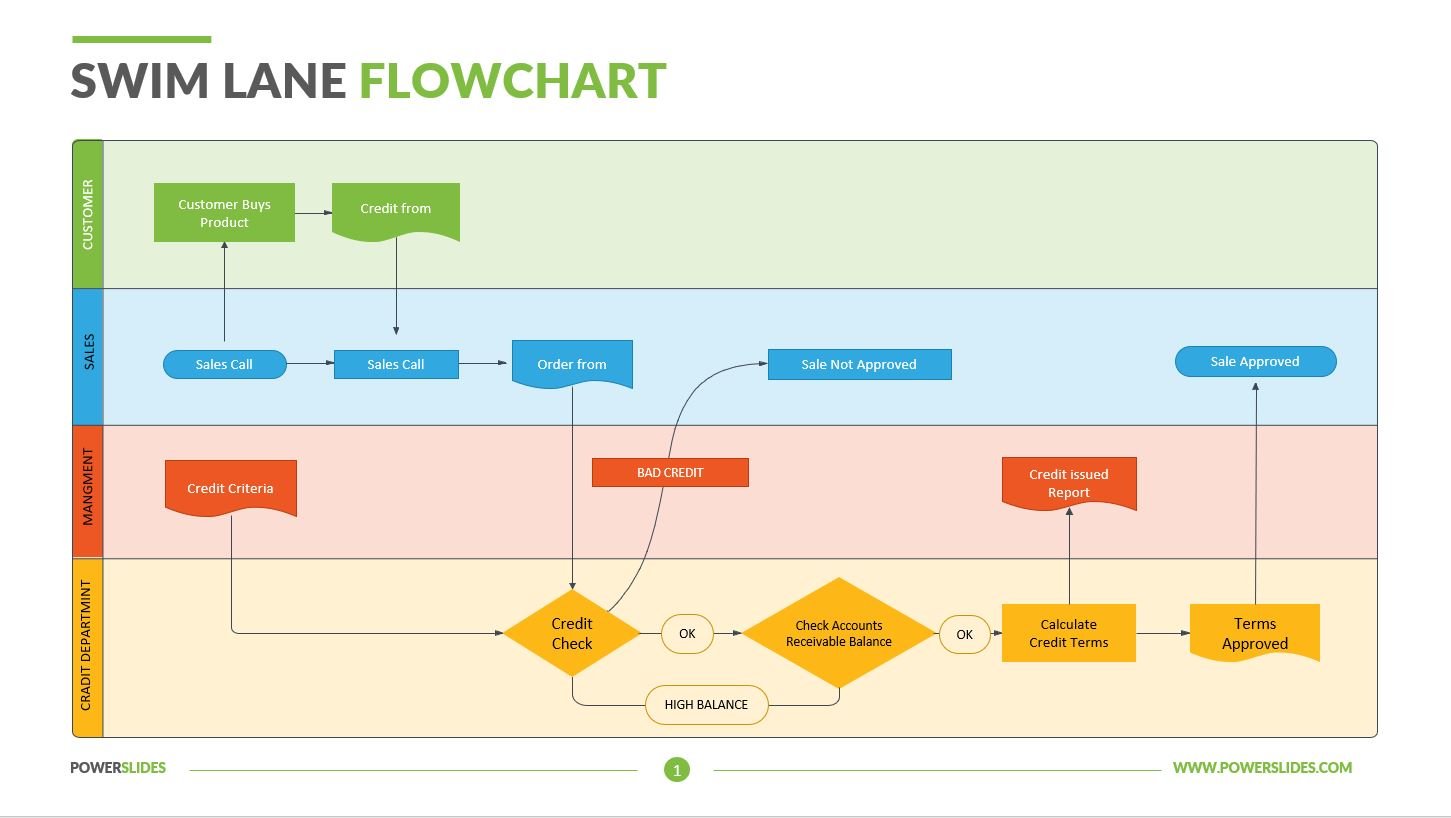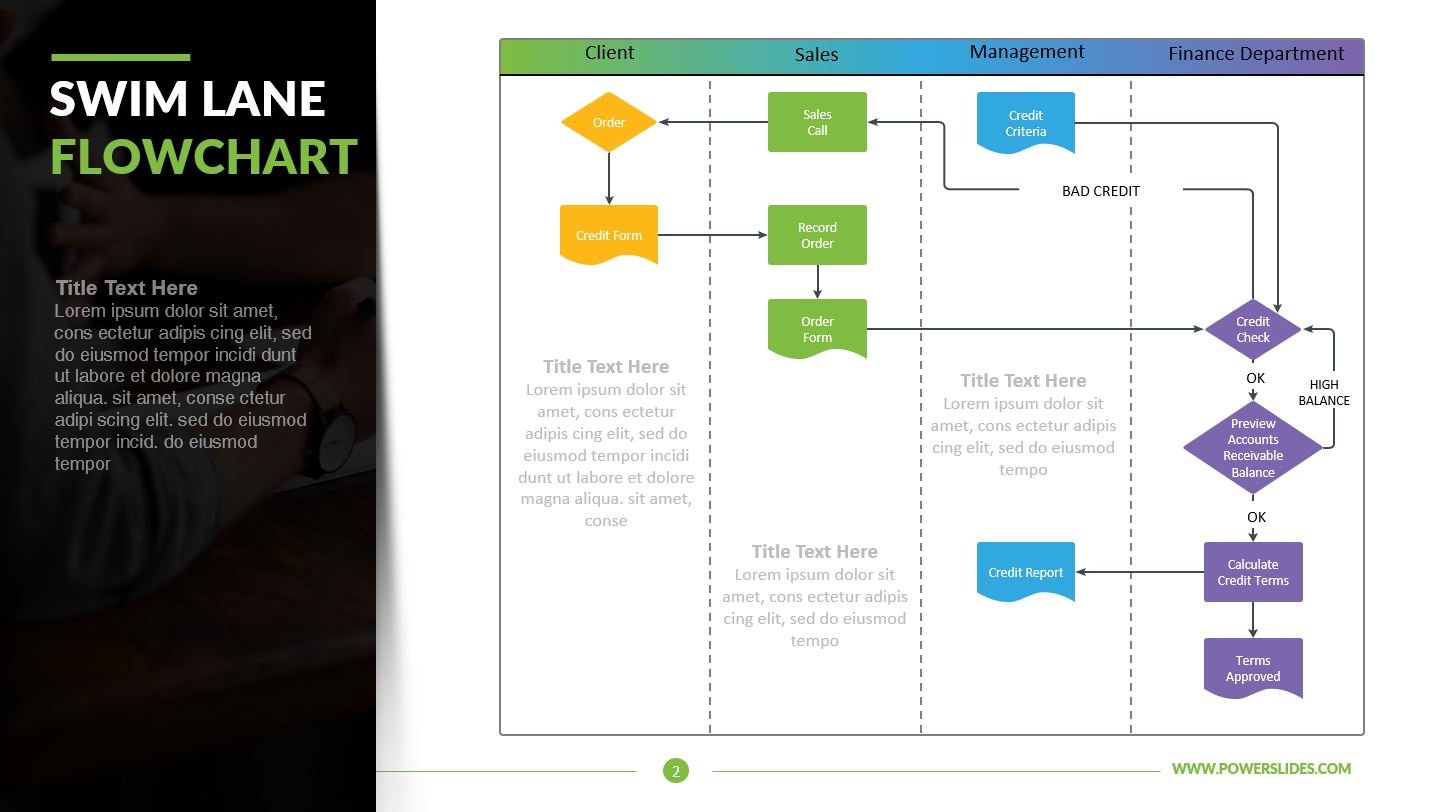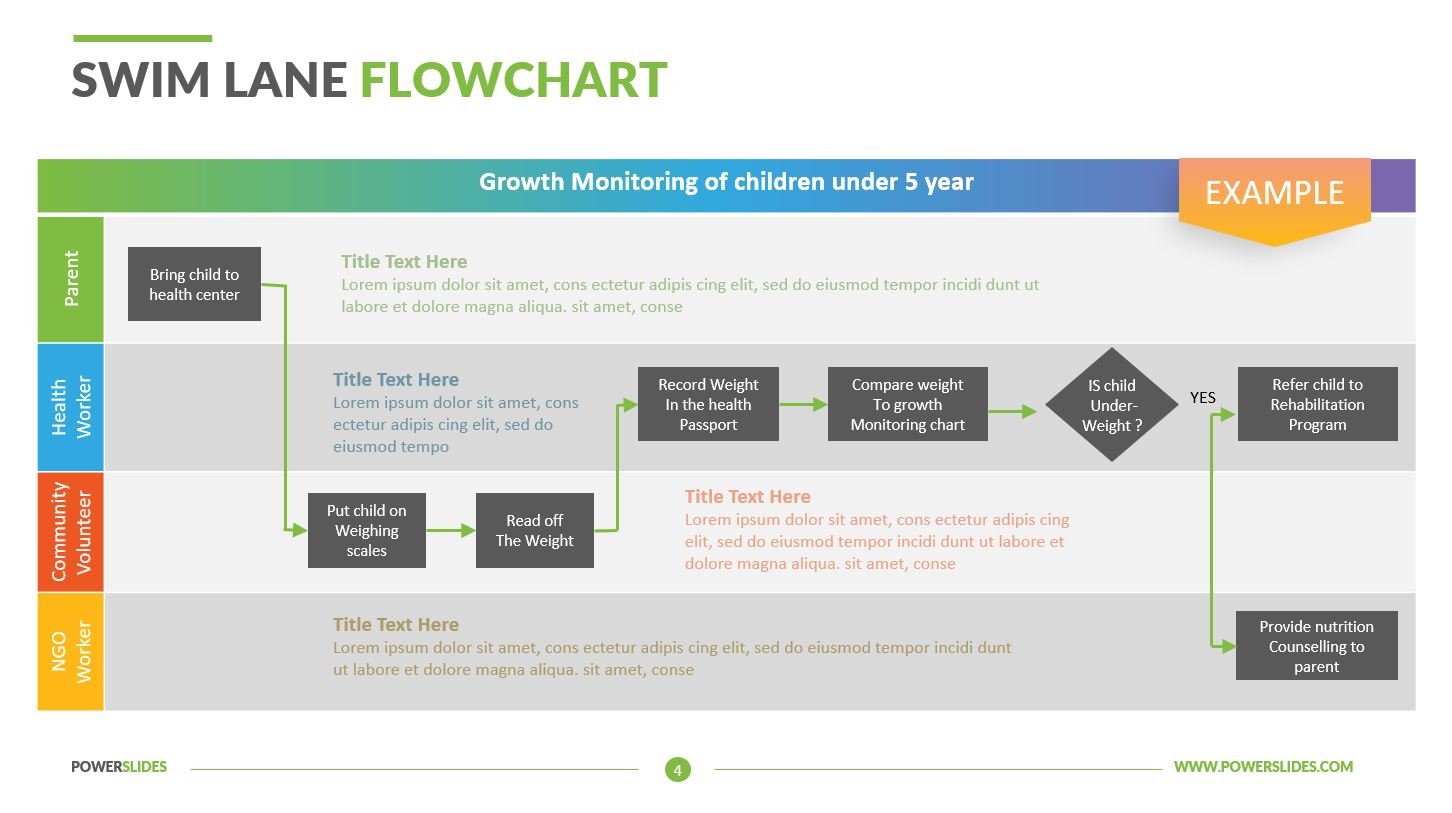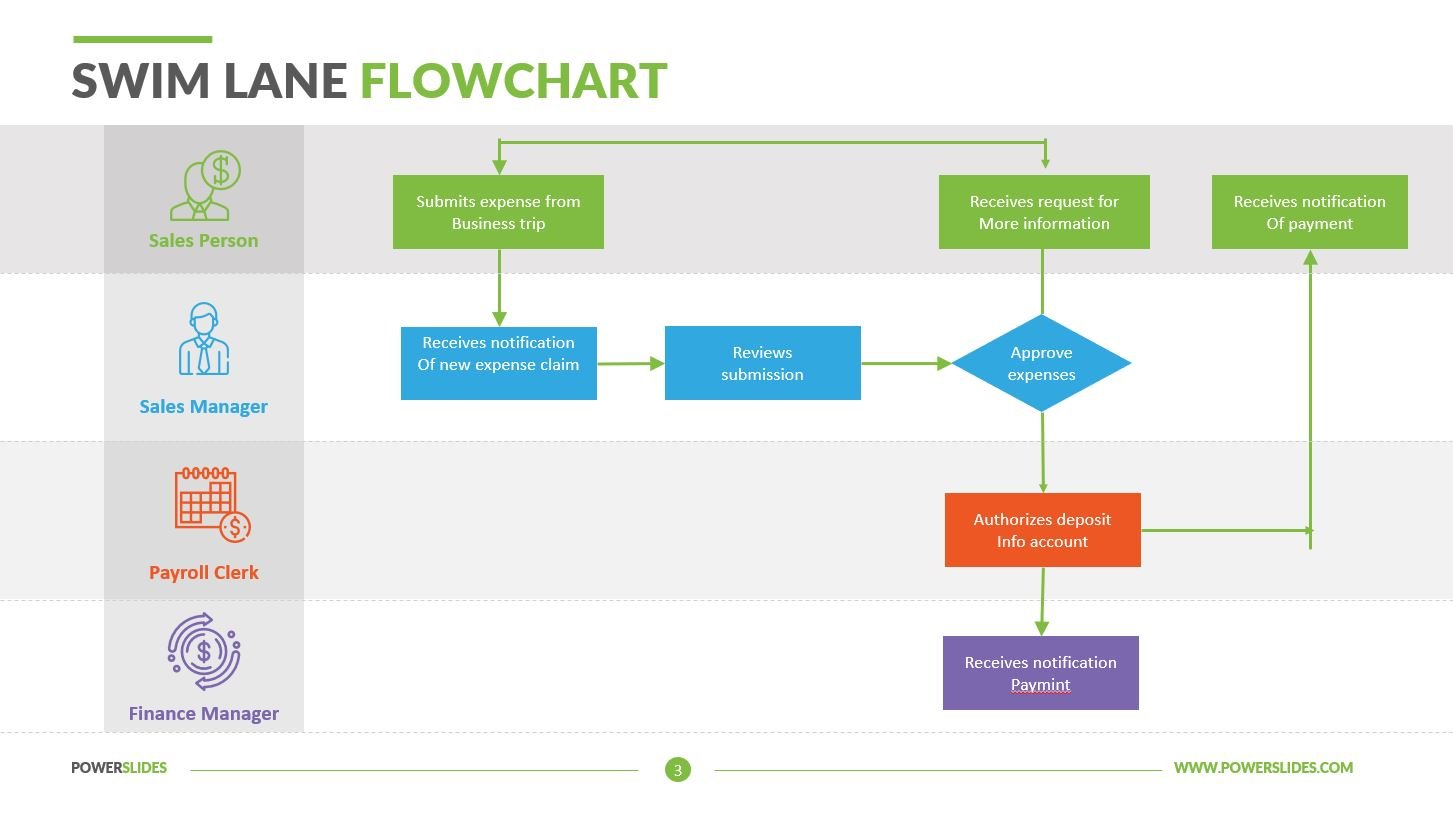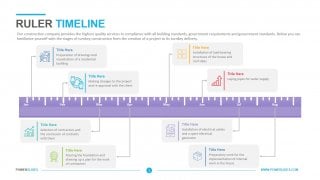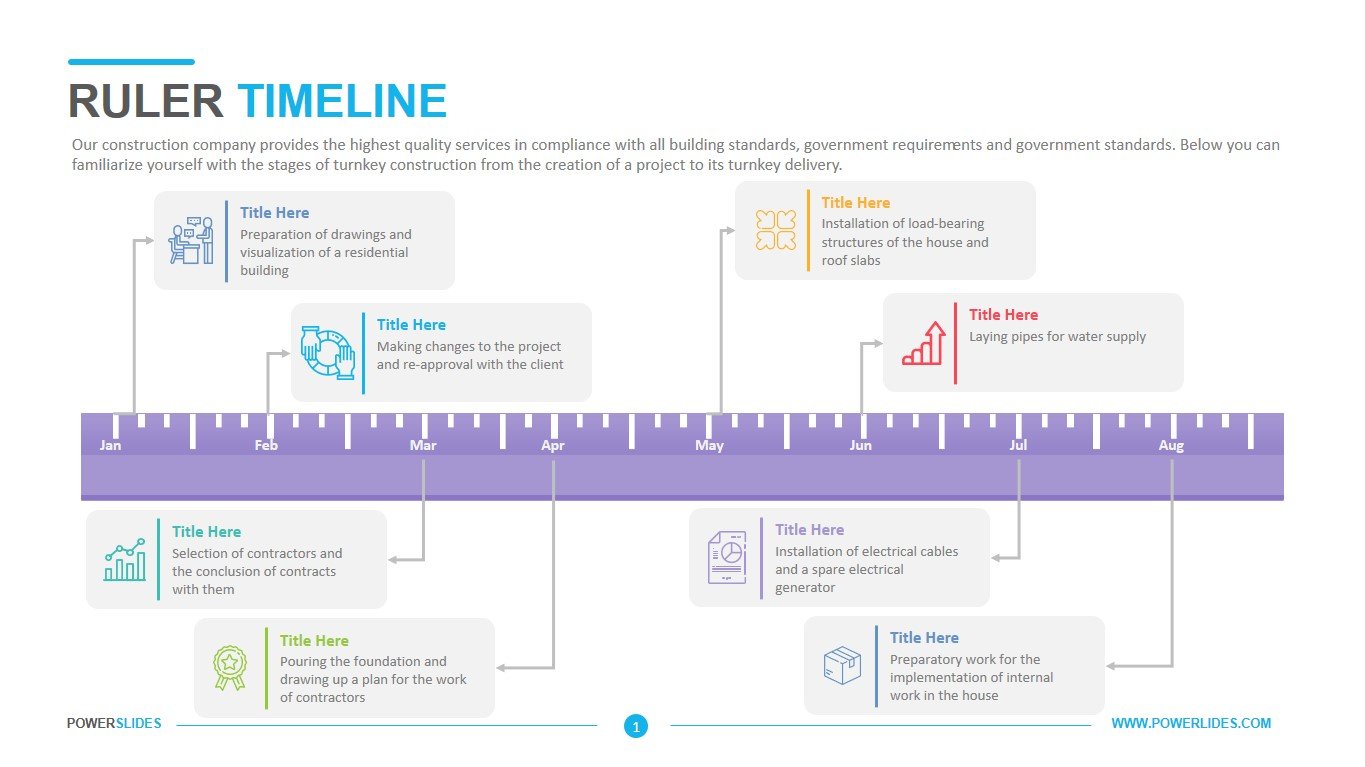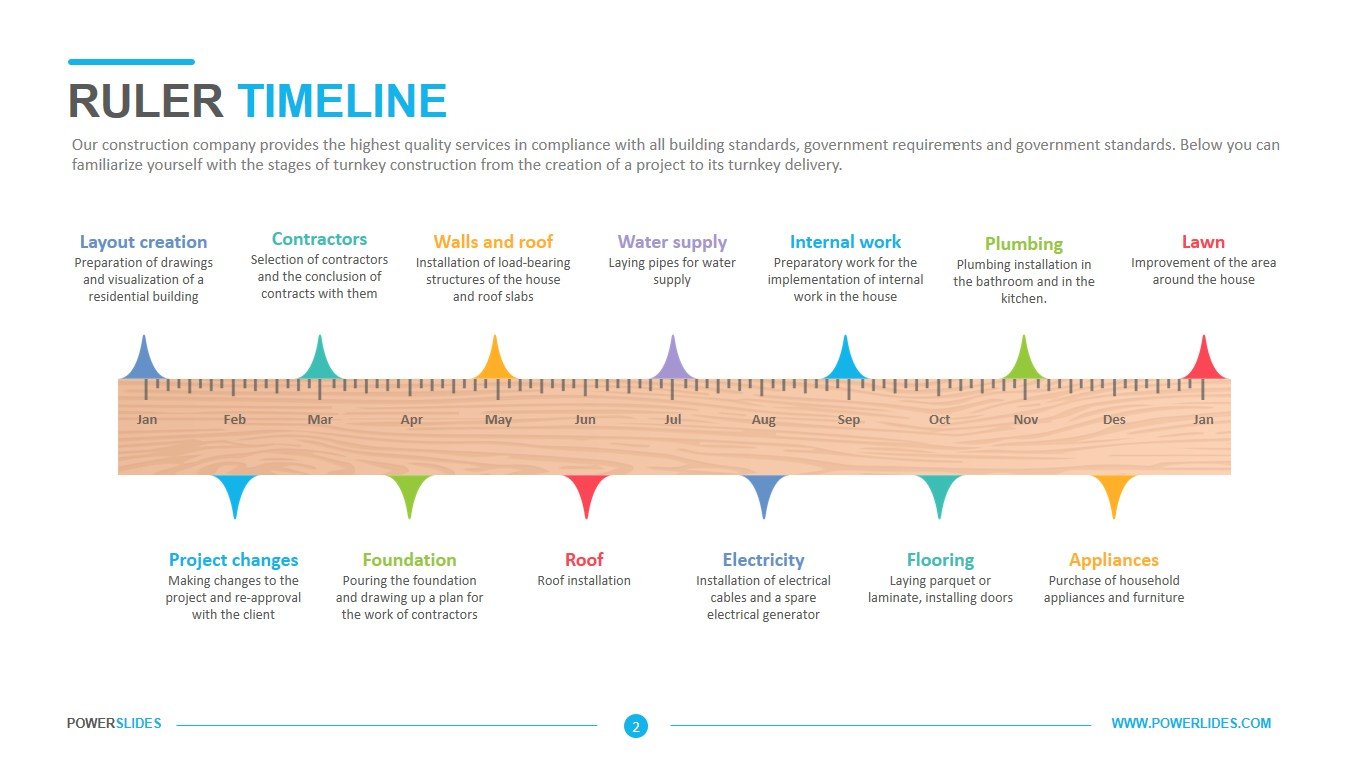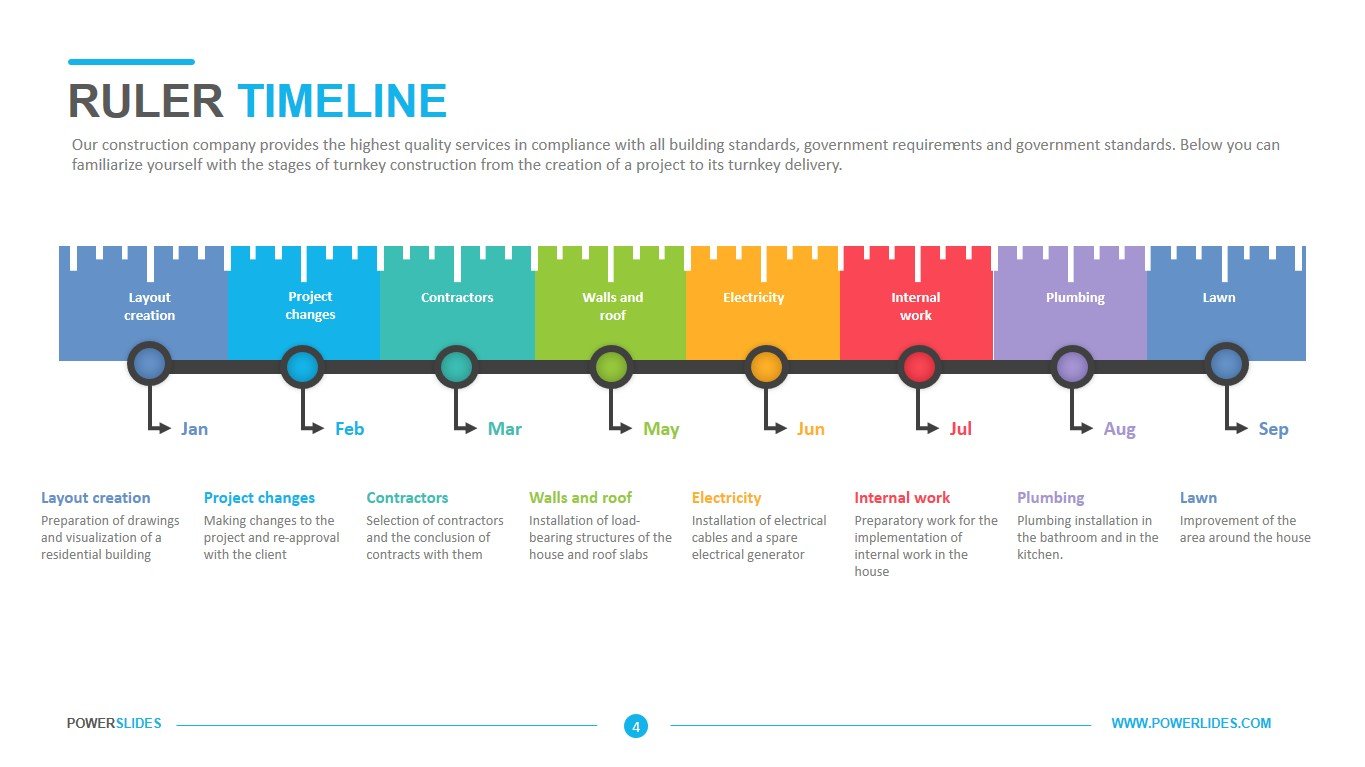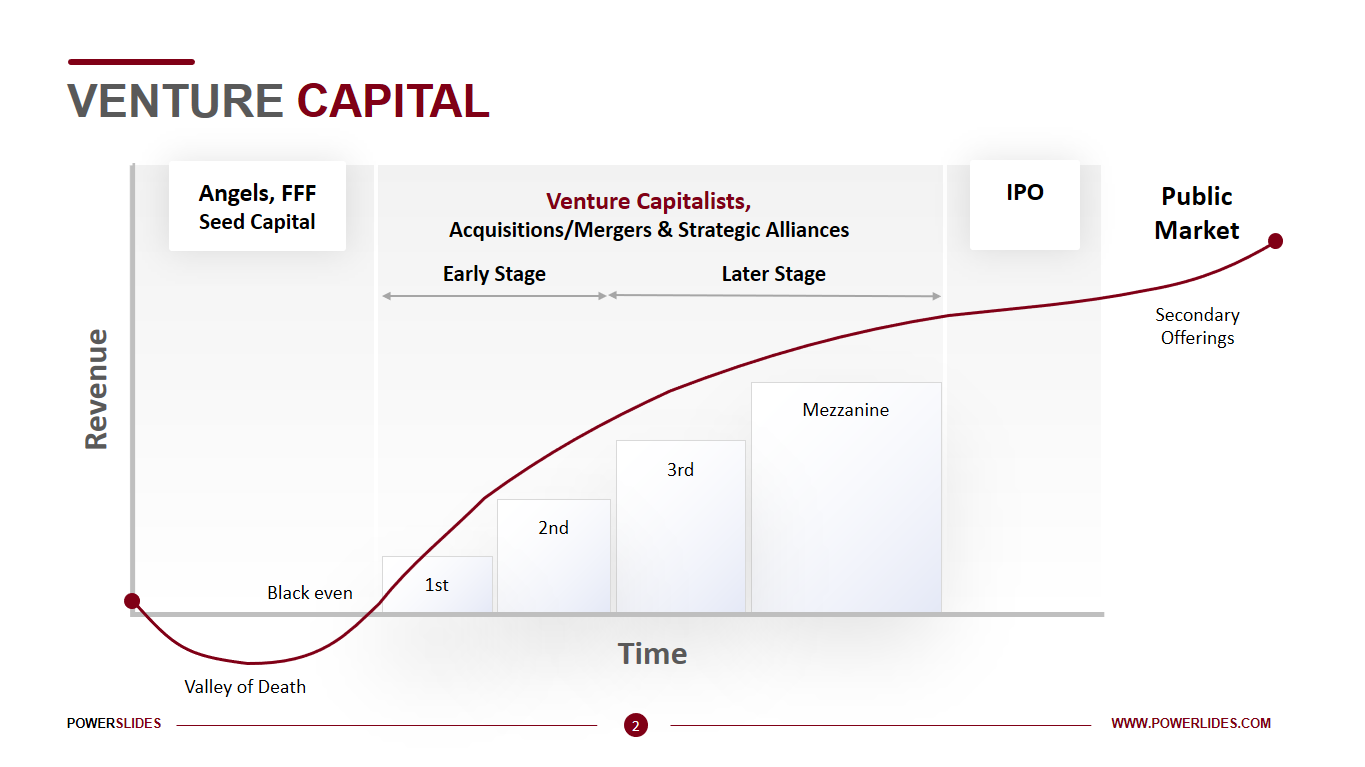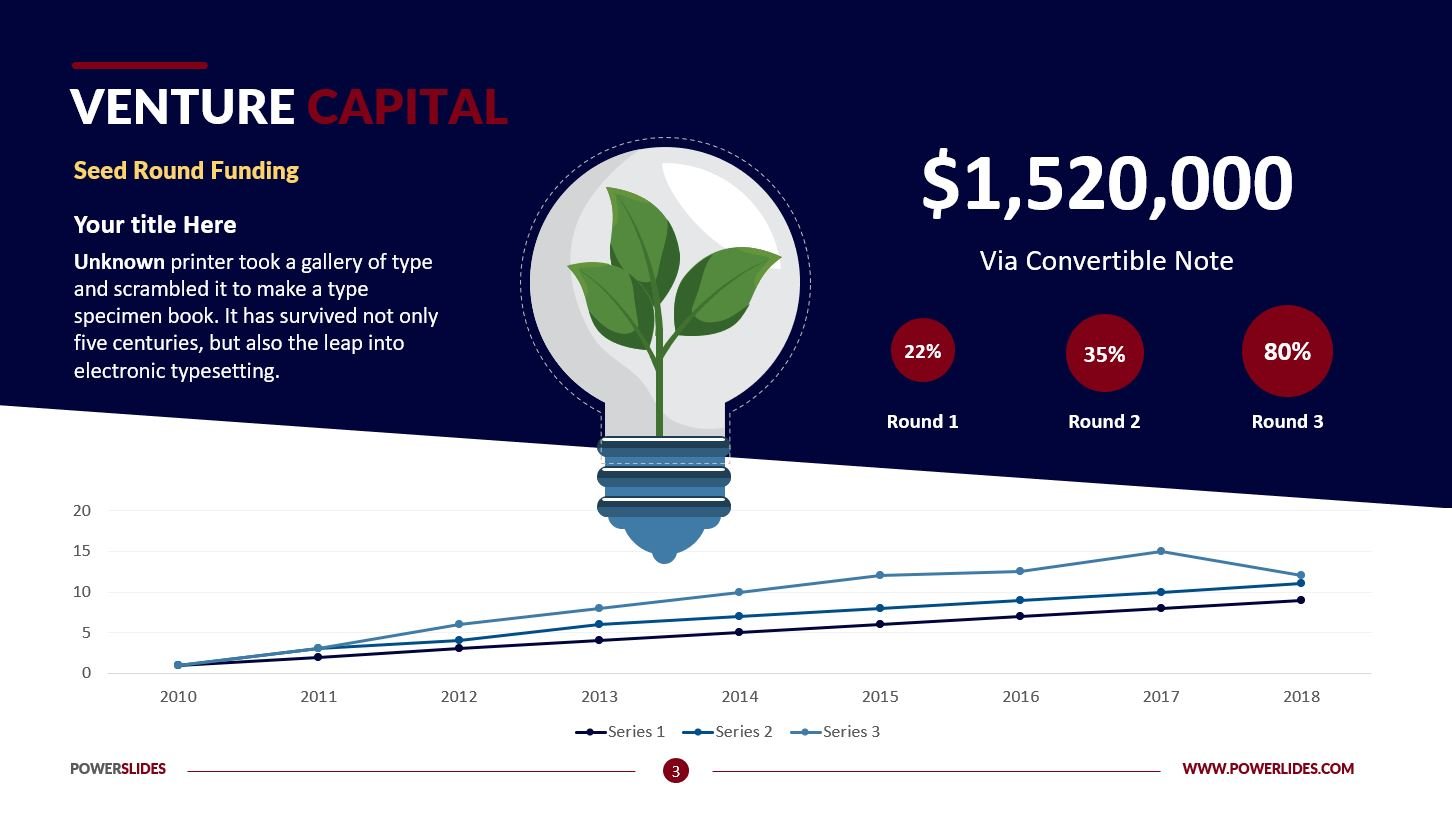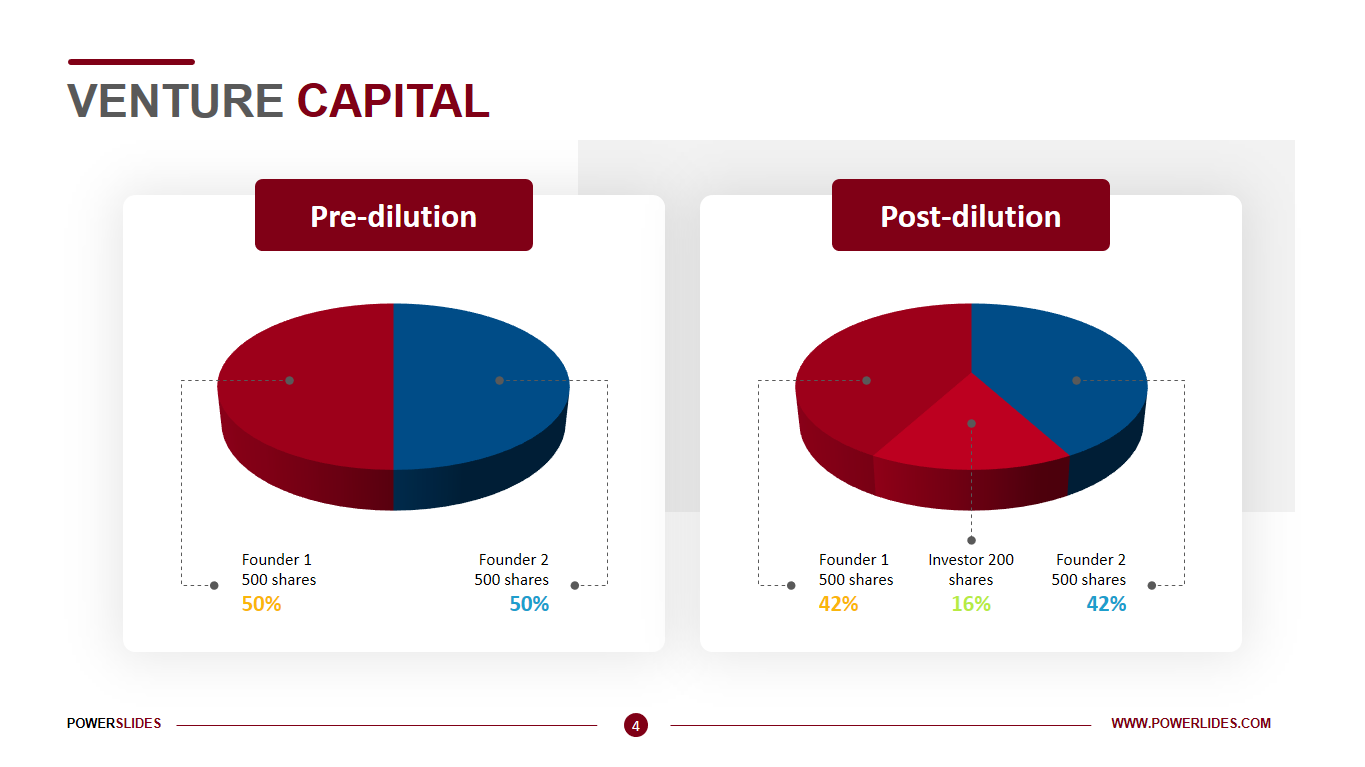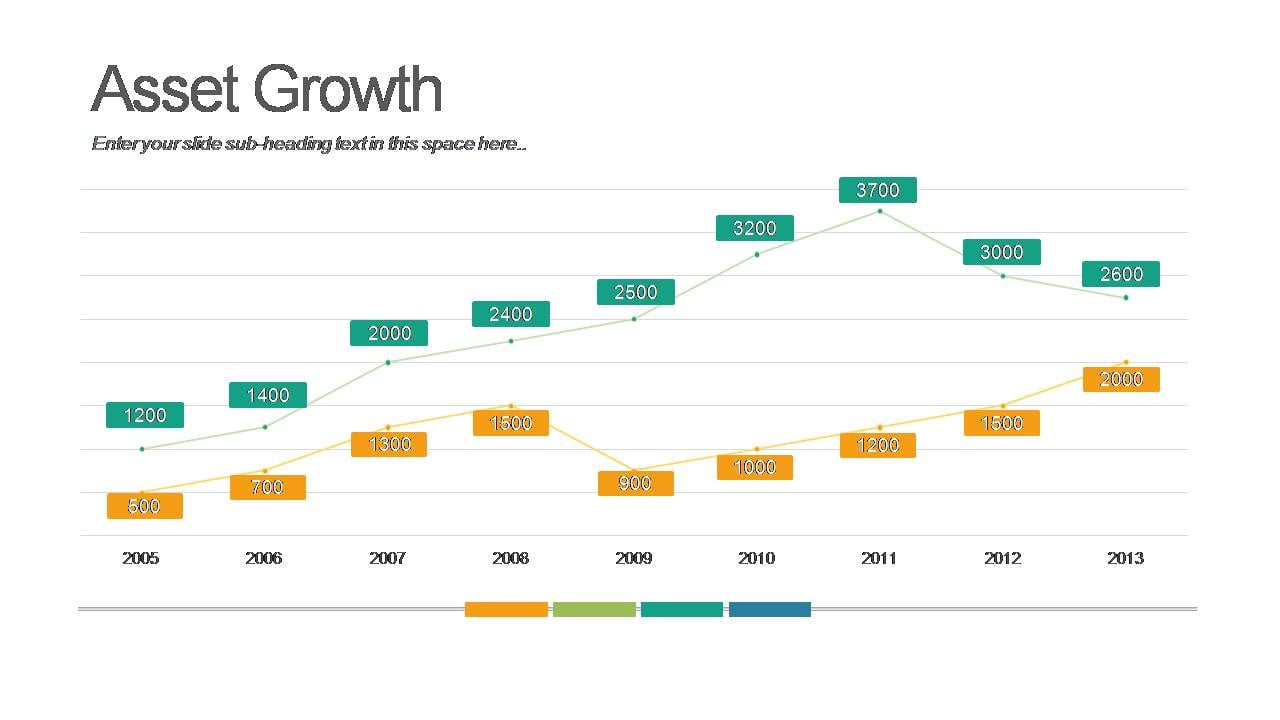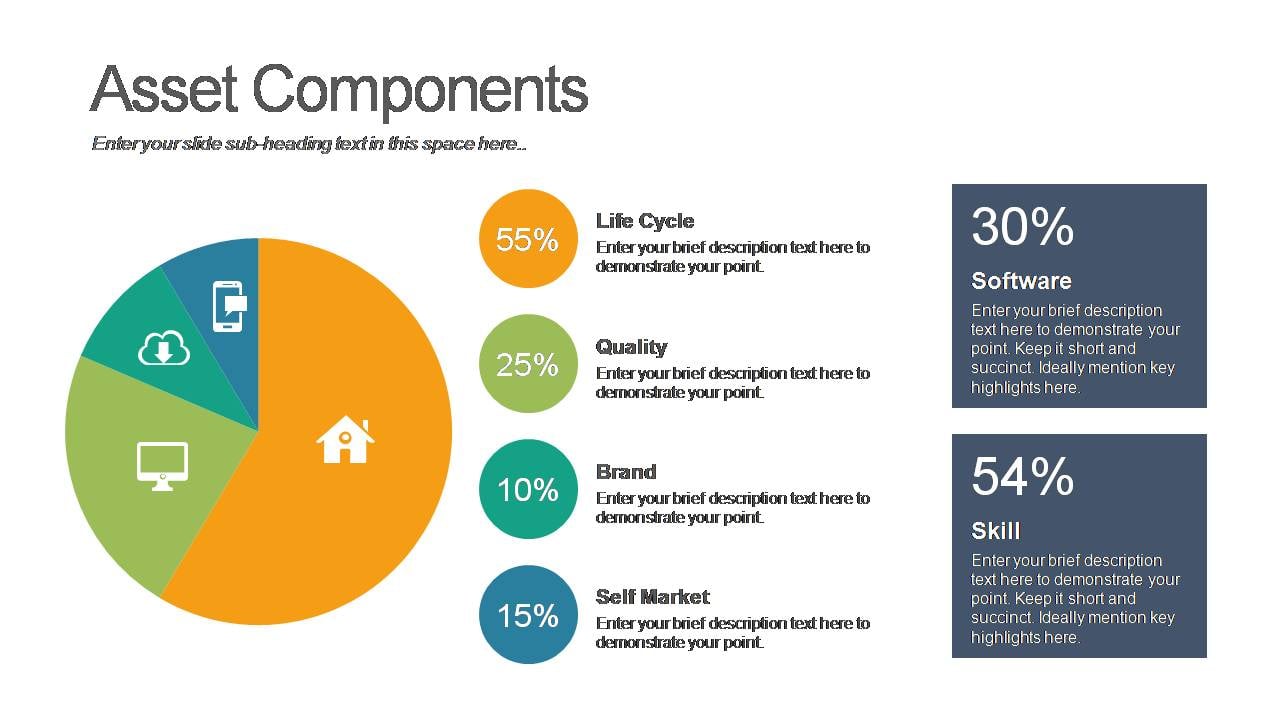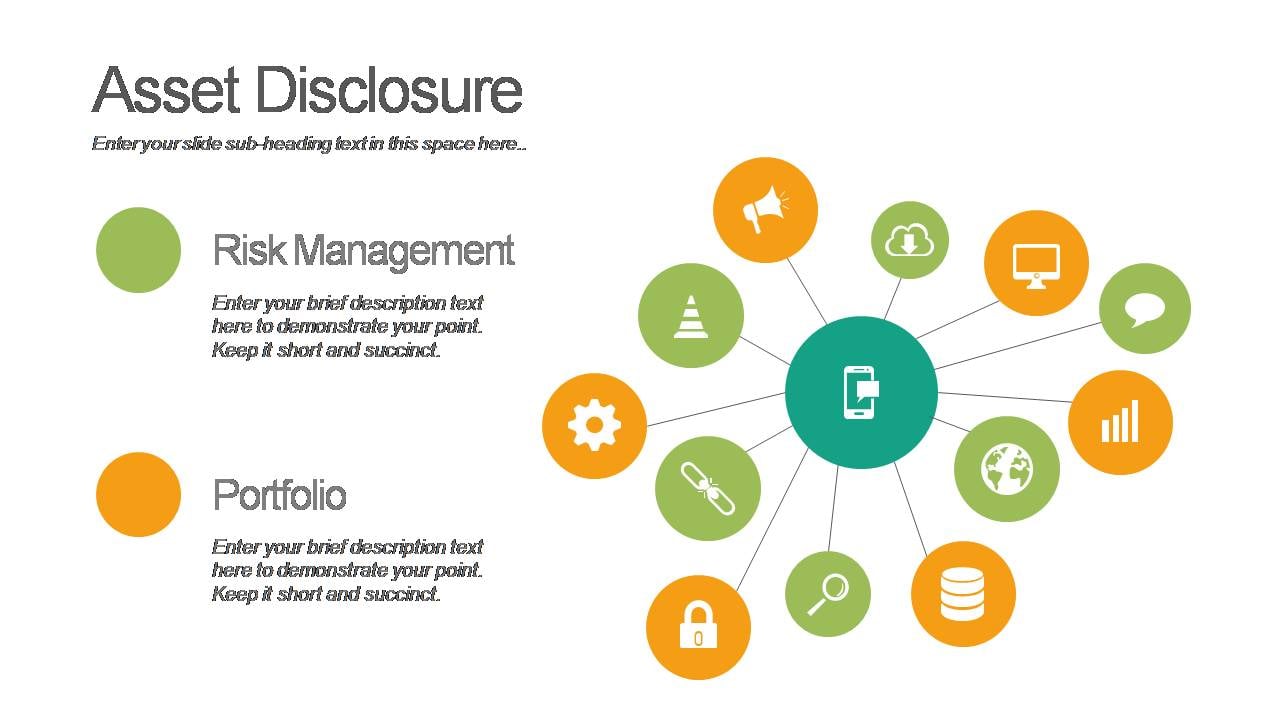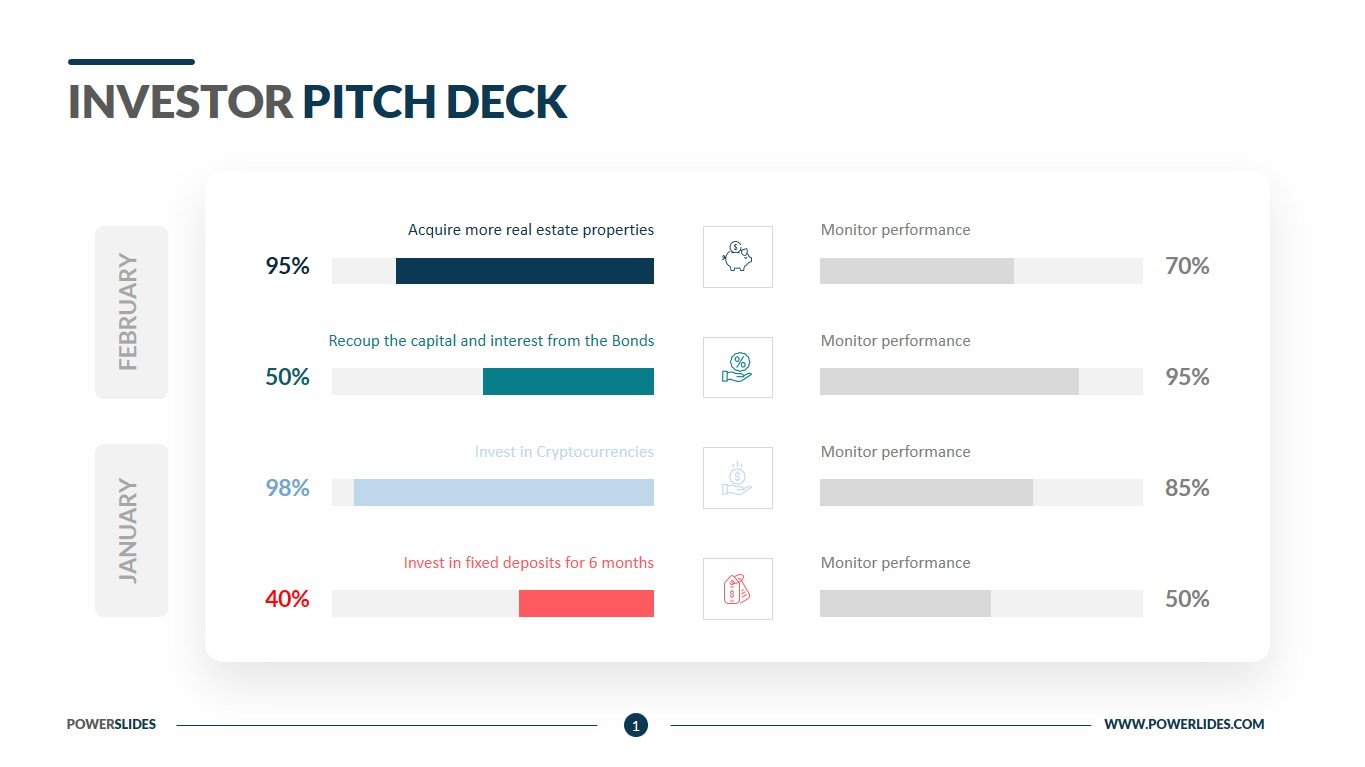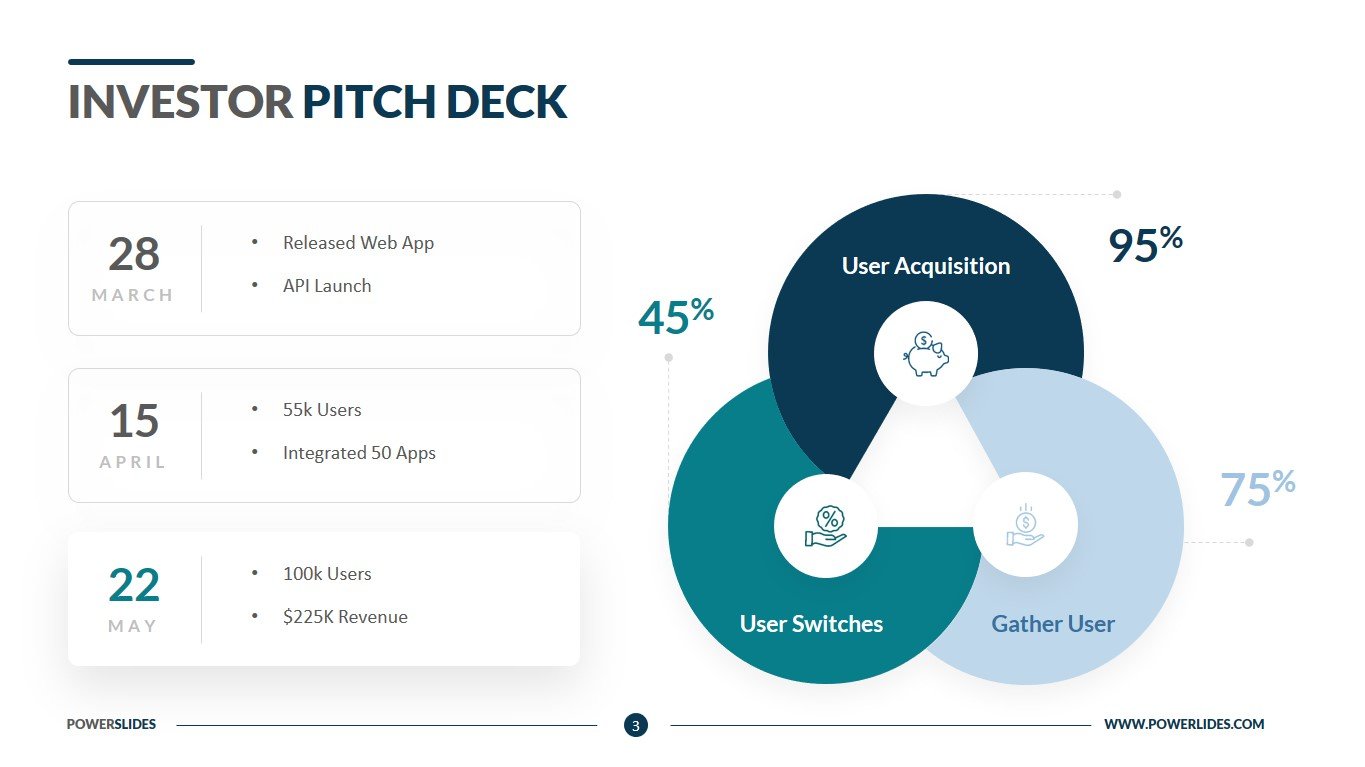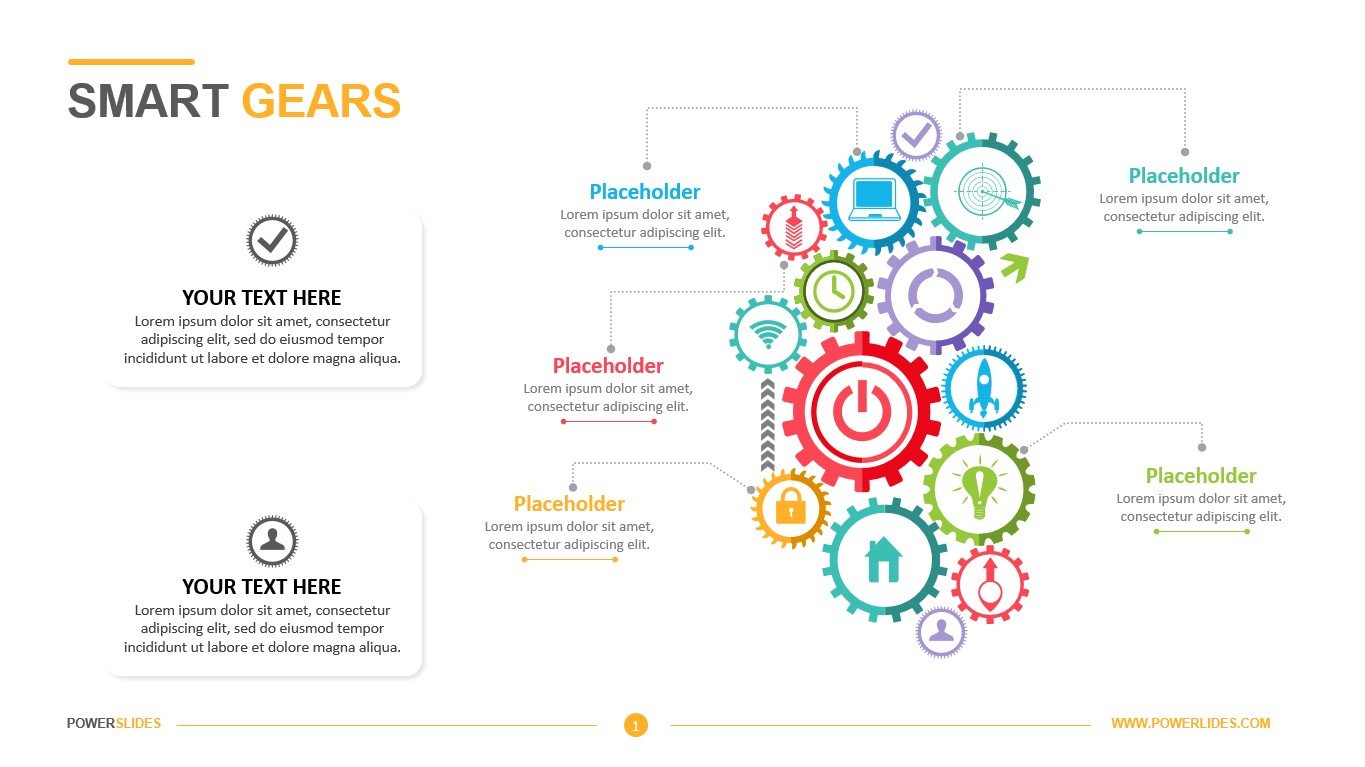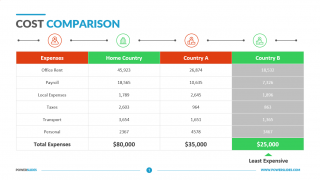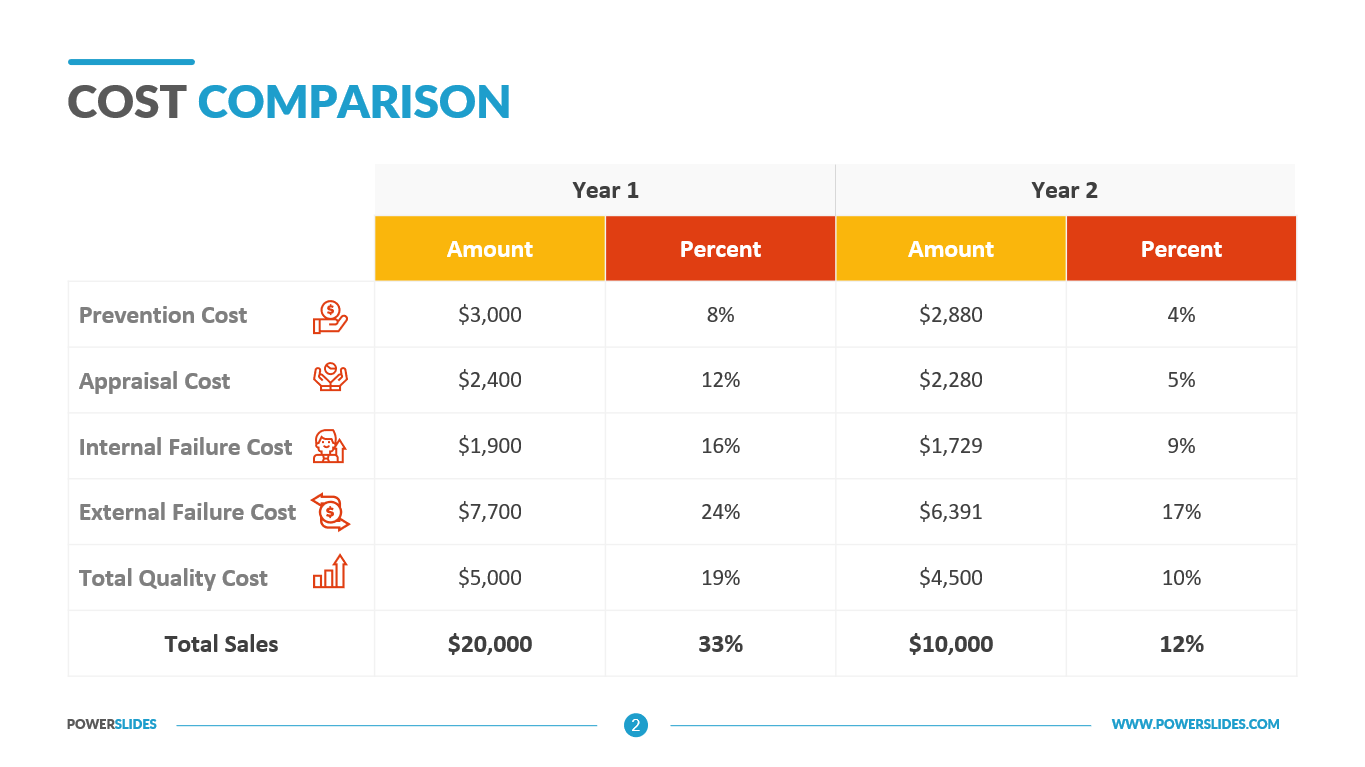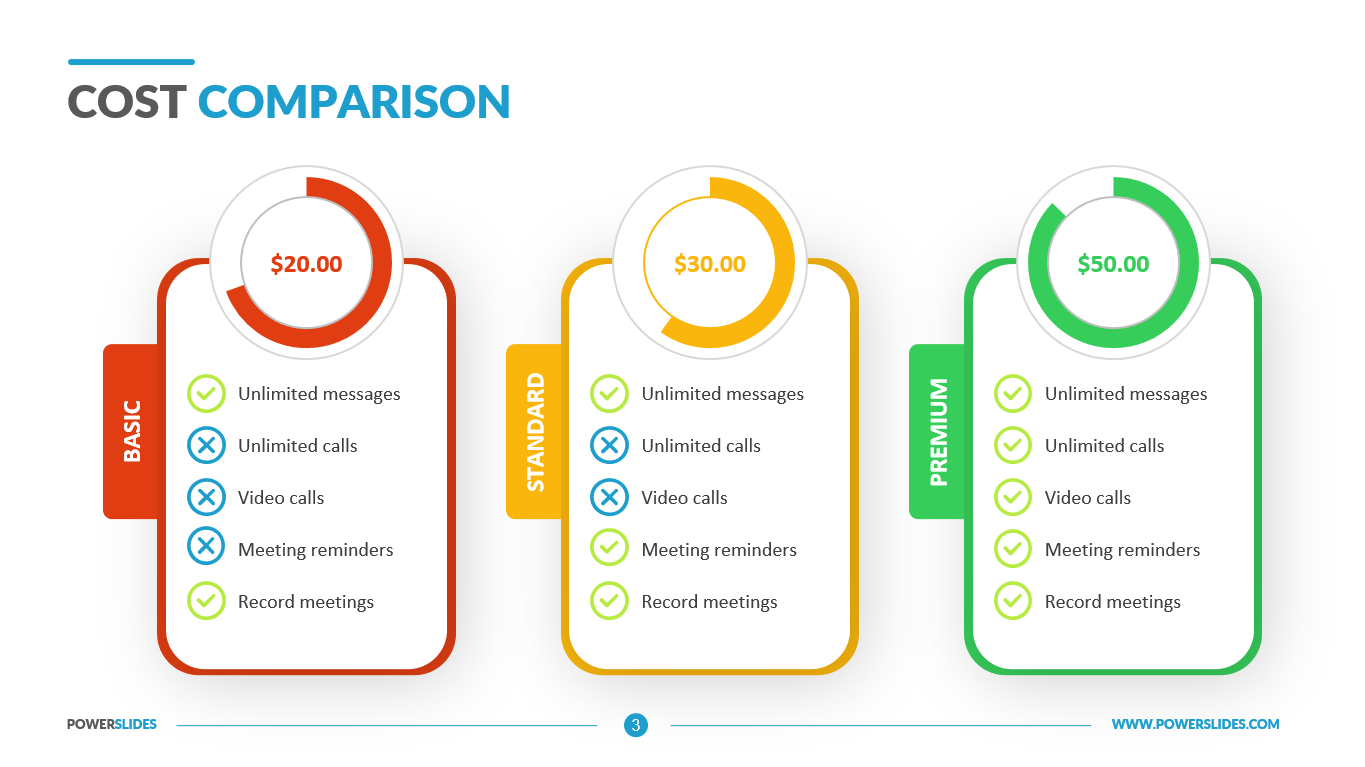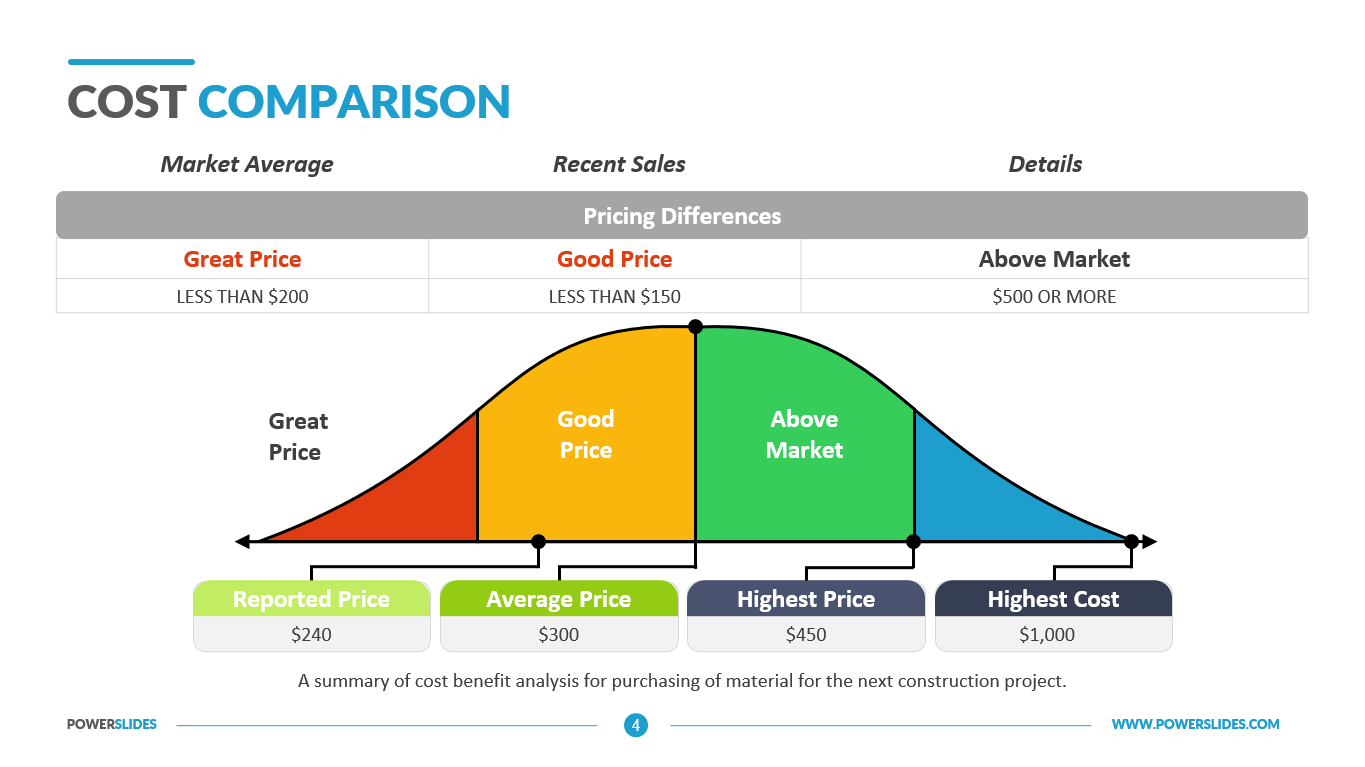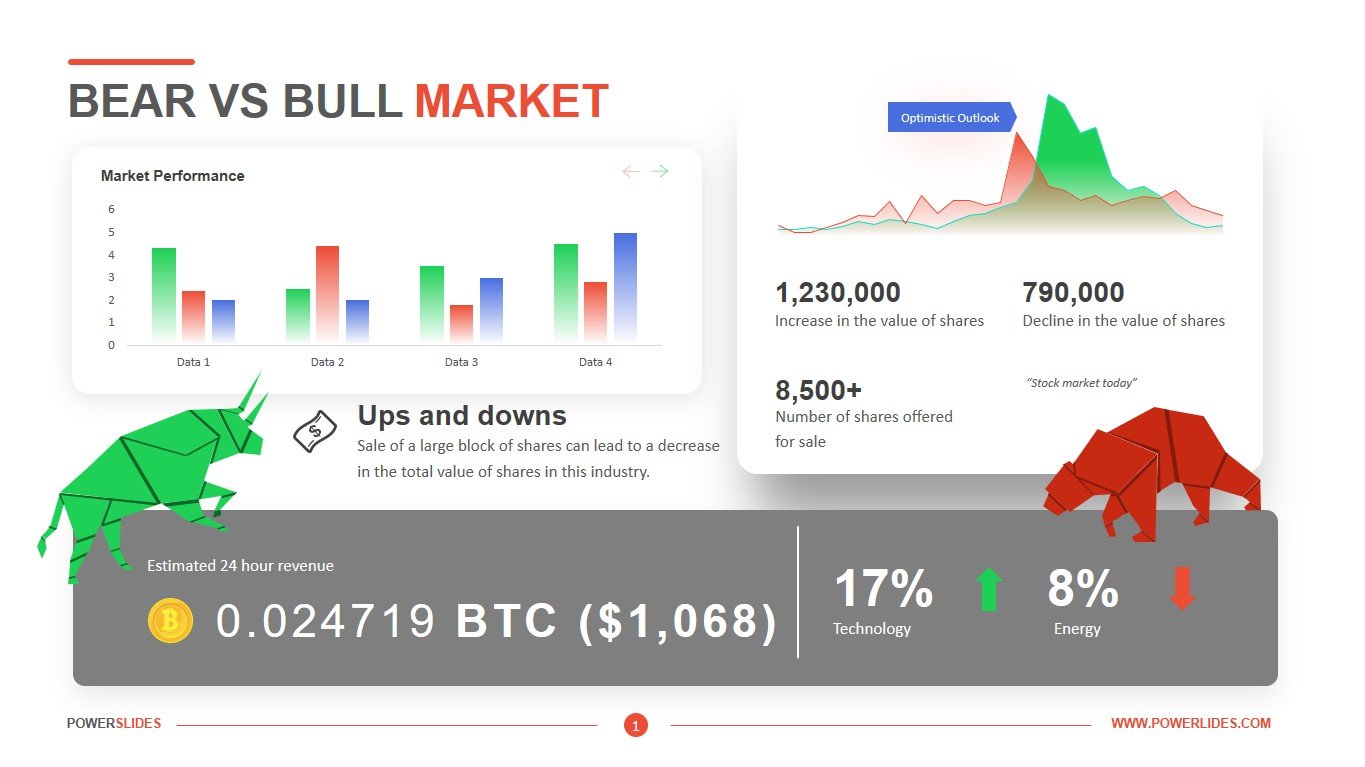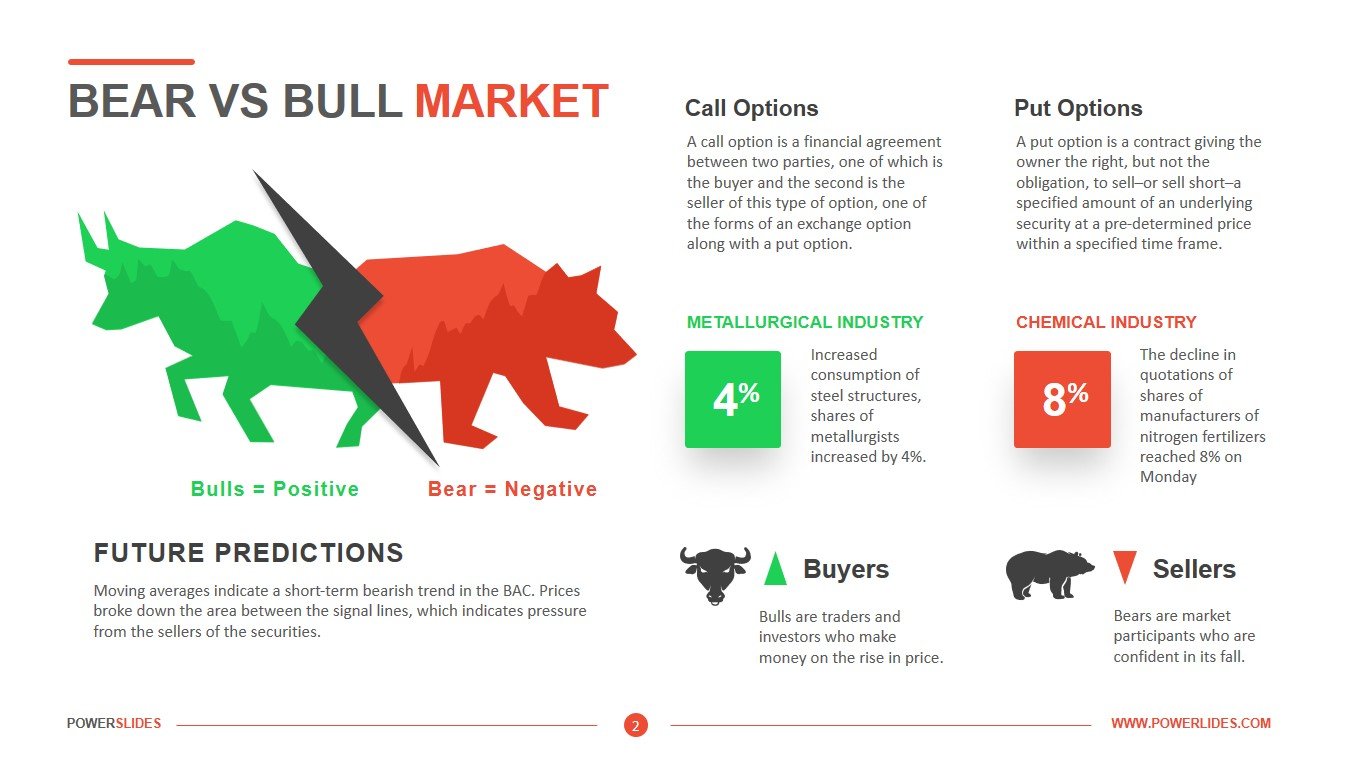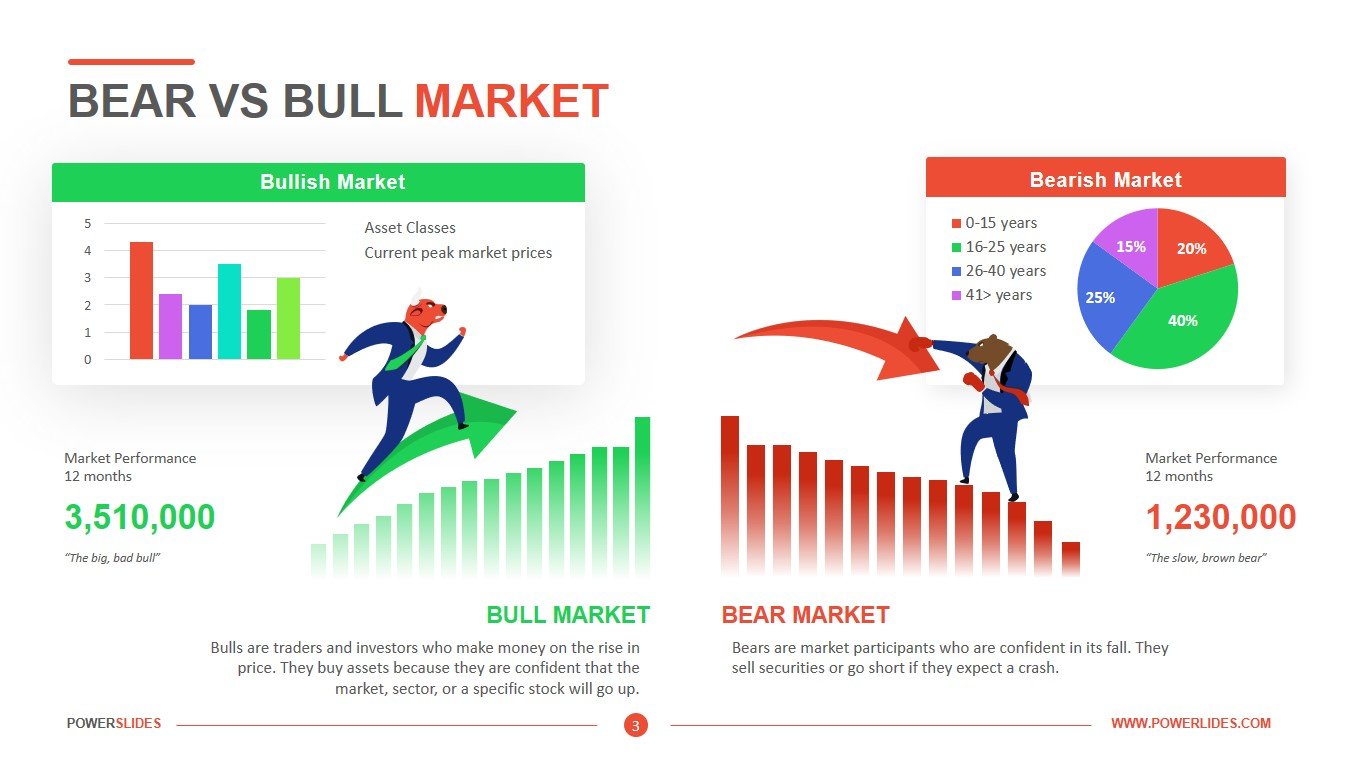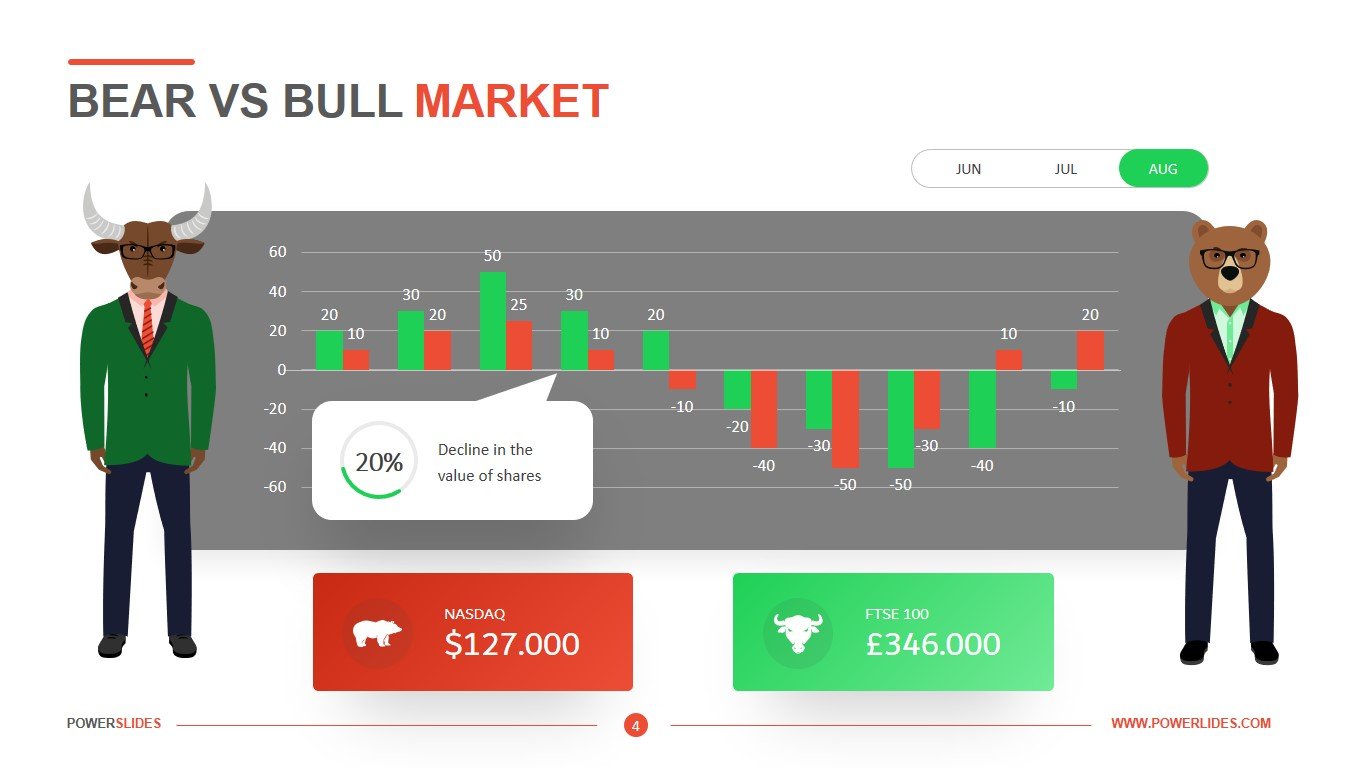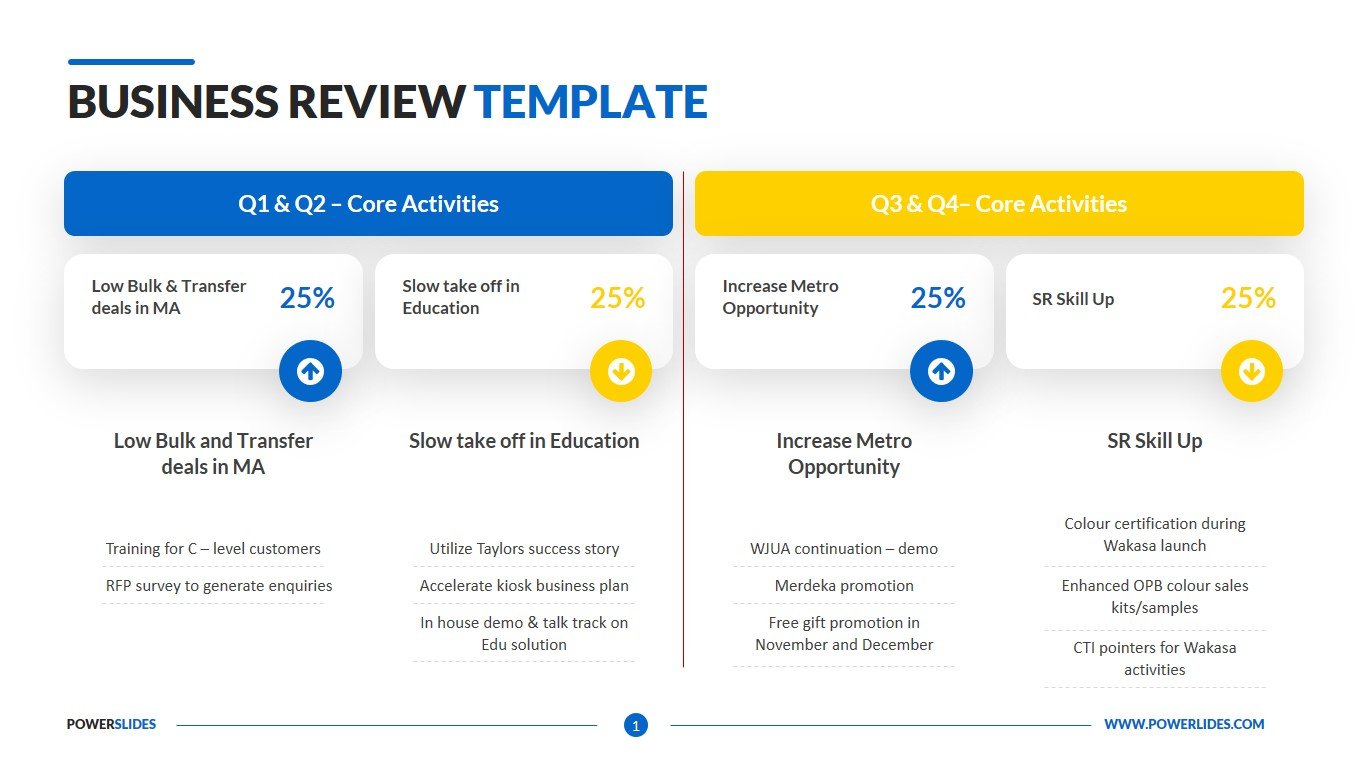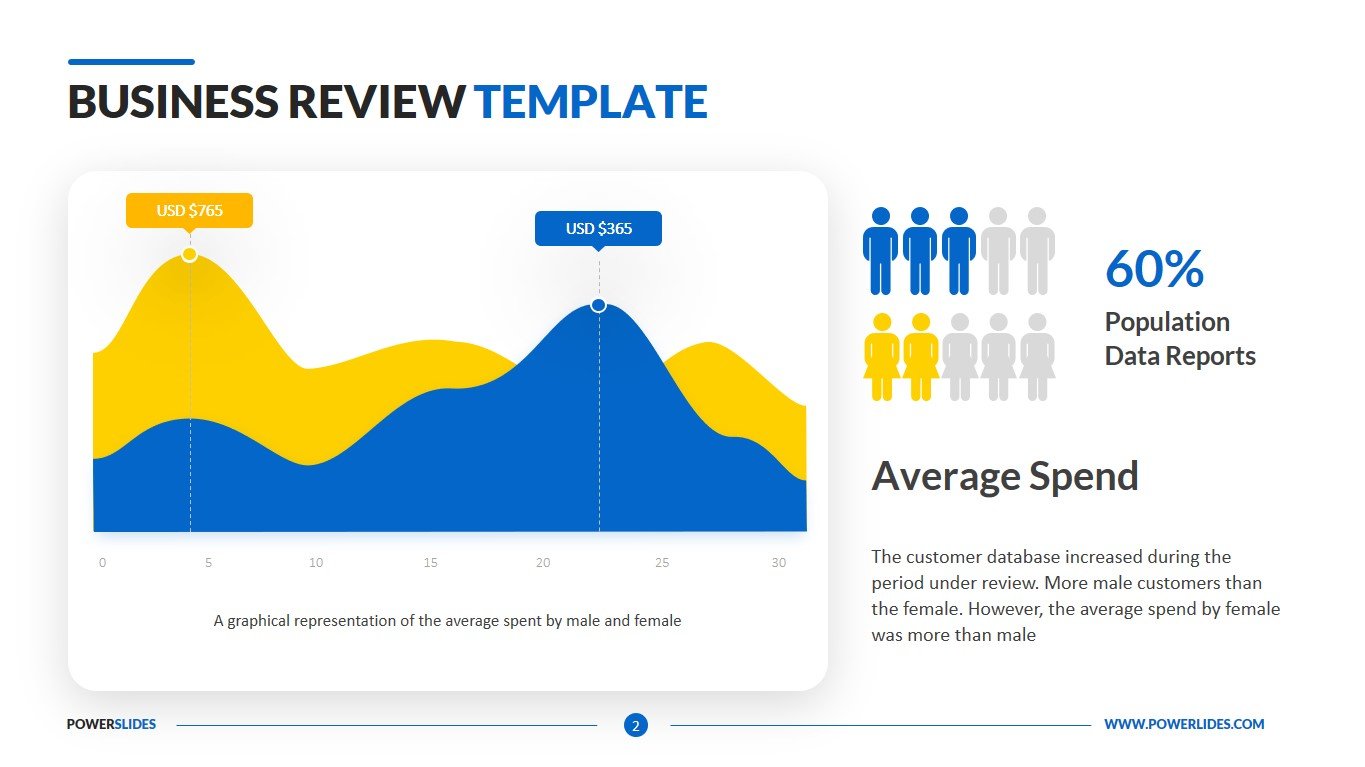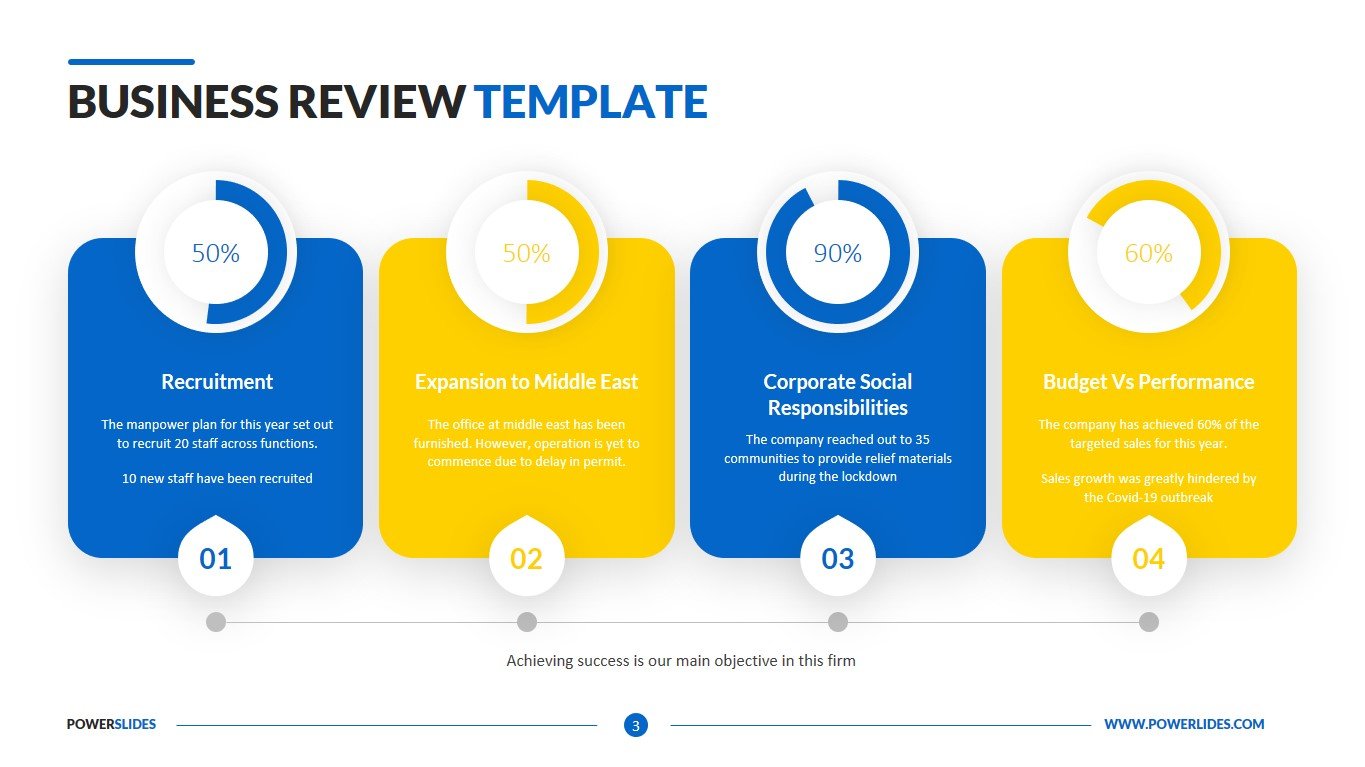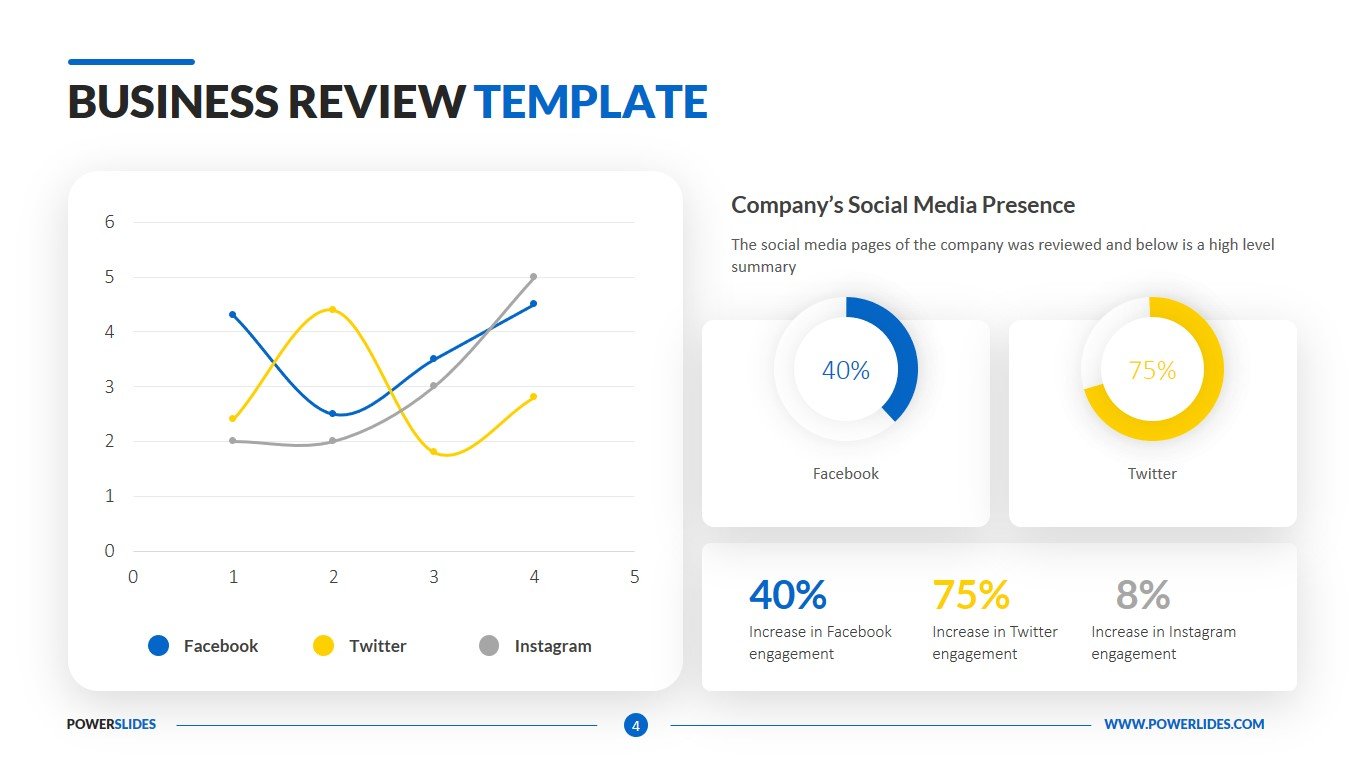Valuation Template
 4 Slides
4 Slides
 File size: 16:9
File size: 16:9 
 Fonts: Lato Black, Calibri
Fonts: Lato Black, Calibri  Supported version
PPT 2010, PPT 2013, PPT 2016
Supported version
PPT 2010, PPT 2013, PPT 2016
Product details
Valuation is the analytical process of determining the current or projected worth of an asset or a company. There are many techniques used for doing a valuation. An analyst placing a value on a company looks at the business’s management, the composition of its capital structure, the prospect of future earnings, and the market value of its assets, among other metrics.
Fundamental analysis is often employed in valuation, although several other methods may be employed such as the capital asset pricing model or the dividend discount model.
A valuation can be useful when trying to determine the fair value of a security, which is determined by what a buyer is willing to pay a seller, assuming both parties enter the transaction willingly. When a security trades on an exchange, buyers and sellers determine the market value of a stock or bond.
The concept of intrinsic value, however, refers to the perceived value of a security based on future earnings or some other company attribute unrelated to the market price of a security. That’s where valuation comes into play. Analysts do a valuation to determine whether a company or asset is overvalued or undervalued by the market.
Absolute valuation models attempt to find the intrinsic or true value of an investment based only on fundamentals. Looking at fundamentals simply means you would only focus on such things as dividends, cash flow, and the growth rate for a single company, and not worry about any other companies. Valuation models that fall into this category include the dividend discount model, discounted cash flow model, residual income model, and asset-based model.
Relative valuation models, in contrast, operate by comparing the company in question to other similar companies. These methods involve calculating multiples and ratios, such as the price-to-earnings multiple, and comparing them to the multiples of similar companies.
Unfortunately, there is no one method that’s best suited for every situation. Each stock is different, and each industry or sector has unique characteristics that may require multiple valuation methods. At the same time, different valuation methods will produce different values for the same underlying asset or company which may lead analysts to employ the technique that provides the most favorable output.
This template will be useful to financial analysts and economists. You can use the slides in this template to prepare a report on the value of a security or a company that your corporation plans to acquire.
This template can also be used by startups when preparing for a meeting with investors. You can use the slides in this template when preparing information about the market value of your company’s assets and projected growth after the launch of a new product.
Valuation Template is a professional and modern template that contains four stylish and fully editable slides. If necessary, you can change all elements of the slide in accordance with your corporate requirements. This template will be useful for startups, company executives, analysts and economists. The Valuation Template will complement your presentations seamlessly and will be a great addition to your collection of professional presentations.





